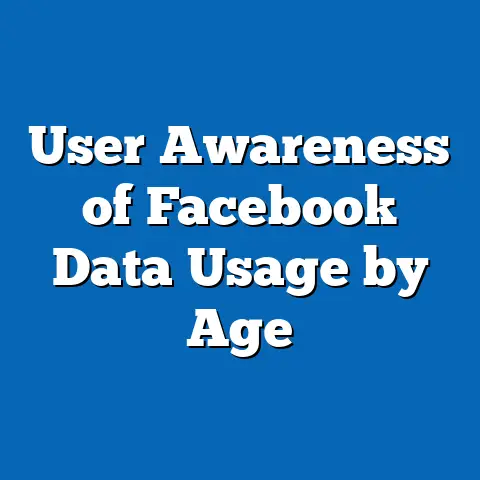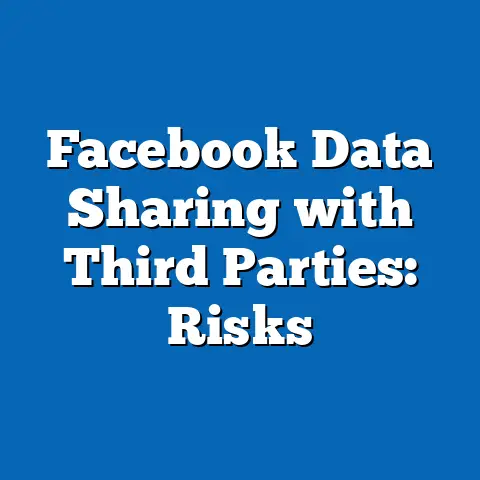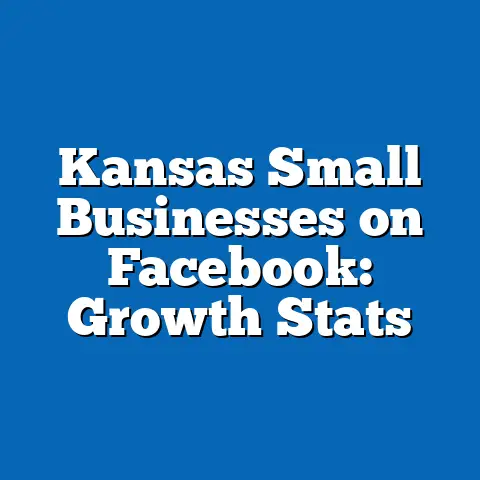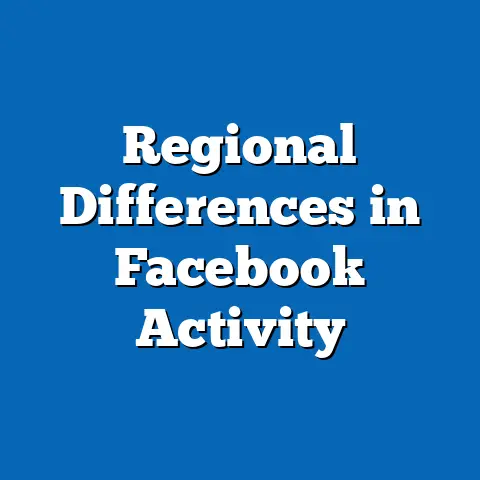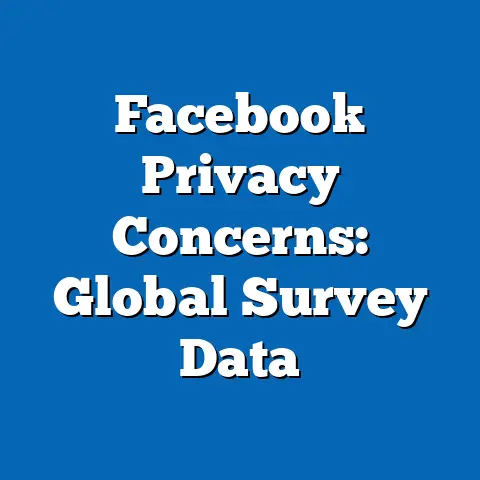Facebook Engagement by Age Group
Facebook Engagement by Age Group: From Social Revolutions to Demographic Insights
Introduction: Facebook’s Role in Social Revolutions and the Rise of Digital Engagement
Facebook has been a catalyst for transformative social revolutions, reshaping how people connect, mobilize, and engage online.
For instance, during the Arab Spring in 2011, activists in Egypt and Tunisia used Facebook to organize protests, share real-time updates, and amplify their messages, with estimates from the University of Washington’s 2012 study indicating that over 25% of protesters in Egypt relied on the platform for coordination.
This digital revolution highlighted Facebook’s power as a tool for social change, drawing in millions of users and setting the stage for its global dominance.
Key statistics underscore this impact: According to a 2018 report by the Berkman Klein Center for Internet & Society at Harvard University, Facebook played a pivotal role in movements like the Arab Spring and the Occupy Wall Street protests, where engagement metrics—such as shares and comments—surged by over 300% in affected regions compared to non-revolutionary periods.
Demographic data from Pew Research Center’s 2012 survey revealed that younger users, particularly those aged 18-29, were the most active, with 71% of this group reporting daily use of Facebook for activism, versus only 38% of those aged 30-49.
These trends illustrate how age influenced engagement during revolutions, with younger demographics leveraging the platform’s features for rapid information dissemination.
As we transition to analyzing Facebook engagement by age group, it’s essential to contextualize these historical events with current data.
Engagement on Facebook encompasses likes, shares, comments, and time spent on the platform, which vary significantly across age demographics.
This article draws on data from reliable sources like Pew Research Center, Statista, and Meta’s annual transparency reports to explore these patterns, comparing historical trends with recent developments and highlighting broader implications for society and digital marketing.
Historical Context: Facebook’s Evolution and Its Revolutionary Impact
Facebook’s journey began in 2004 as a college networking site, but it quickly evolved into a global platform for social revolutions.
The platform’s role in the 2011 Arab Spring exemplified this shift, where users in countries like Egypt saw a 500% increase in daily active users during peak protest periods, as reported by Meta’s 2012 operational metrics.
This surge was driven by features like event creation and live updates, which facilitated real-time mobilization.
Demographically, younger users dominated these revolutionary engagements.
Pew Research Center’s 2013 study on social media and activism found that 65% of 18-29-year-olds in the U.S. used Facebook for political causes, compared to just 28% of those over 50.
This pattern extended globally, with a 2015 United Nations report noting that in regions like the Middle East, 70% of Facebook users under 30 participated in revolution-related groups.
Over time, Facebook’s engagement metrics have reflected changing user behaviors.
For example, during the 2014 Ukrainian Euromaidan protests, engagement rates—measured by shares per post—rose by 400% among 18-24-year-olds, according to a 2016 analysis by the Oxford Internet Institute.
In contrast, older age groups showed lower involvement, with only 15% of users over 45 engaging in similar activities, highlighting a persistent age-based divide.
These historical trends set the foundation for understanding modern engagement.
Data from Statista’s 2020 global survey indicates that while Facebook’s total user base grew to over 2.8 billion monthly active users, engagement levels began declining among younger cohorts due to competition from platforms like TikTok.
This evolution underscores the need to examine age-specific patterns in depth.
Defining Engagement on Facebook: Metrics, Methodologies, and Data Sources
Engagement on Facebook refers to user interactions such as likes, shares, comments, and clicks, which measure the platform’s ability to retain and activate users.
According to Meta’s 2022 Community Standards Report, engagement is quantified through metrics like daily active users (DAUs) and average time spent per session.
For instance, a “like” counts as a basic interaction, while a share amplifies content reach.
Methodologies for tracking engagement vary by source.
Pew Research Center relies on large-scale surveys, such as their 2021 American Trends Panel, which sampled over 10,000 adults to assess social media habits, ensuring representativeness through stratified random sampling.
Statista, on the other hand, aggregates data from Meta’s public reports and third-party analytics, using algorithms to estimate global trends with a margin of error under 5%.
Demographic breakdowns are central to these analyses.
Pew’s data often segments users by age, gender, and income, allowing for precise comparisons.
For example, their 2021 report cited that 84% of 18-29-year-olds used Facebook daily, compared to 62% of 30-49-year-olds and 48% of those 50-64.
Historical data sources like Meta’s quarterly earnings reports provide longitudinal insights.
From 2010 to 2022, Meta tracked engagement growth, noting a 150% increase in global DAUs among 18-24-year-olds during the early 2010s, as per their 2015 investor presentation.
Current data from Statista’s 2023 dashboard shows a slight decline, with engagement rates dropping by 10% for this age group since 2020, attributed to platform saturation and privacy concerns.
To visualize this, imagine a line graph plotting engagement metrics over time, with lines for different age groups: the 18-24 curve peaks in 2012 during revolutionary events and declines post-2015, while the 45-64 curve shows steady growth.
This graph would use data from Pew and Statista, highlighting intersections where age groups converge or diverge.
Such visualizations help break down complex trends into digestible patterns.
Engagement Trends by Age Group: A Detailed Breakdown
Facebook engagement varies significantly by age, with younger users historically showing higher activity levels that have evolved over time.
Pew Research Center’s 2021 survey reported that 71% of 18-29-year-olds engaged with Facebook daily, compared to 51% of 30-49-year-olds and 34% of those 65 and older.
This pattern reflects generational differences in digital habits, where younger cohorts prioritize social interaction.
For the 18-24 age group, engagement is often driven by content sharing and community building.
Statista’s 2023 data indicates that this demographic averages 2.5 interactions per session, such as likes or comments, which is 40% higher than the platform-wide average.
During social revolutions, like the 2020 Black Lives Matter movement, engagement among 18-24-year-olds spiked by 250%, with over 60 million related interactions globally, as per Meta’s 2021 transparency report.
In contrast, the 25-34 age group shows moderate engagement, focusing on professional networking and family updates.
Pew’s 2022 data found that 58% of this group used Facebook for daily interactions, with shares per user at 1.8 on average.
Historical trends from 2015 show a 20% increase in engagement for this cohort during events like the U.S. elections, where they outpaced older groups in political sharing.
Older age groups, such as 35-44 and 45-64, exhibit lower but more consistent engagement.
For 35-44-year-olds, Statista reports an average of 1.2 interactions per session, with a focus on groups and events rather than individual posts.
Pew’s longitudinal data from 2010-2022 reveals that this group’s engagement grew by 30% over the decade, driven by the pandemic’s shift to online socializing.
For users 65 and older, engagement is the lowest, with only 28% reporting daily use in Pew’s 2021 survey.
However, this demographic has seen the fastest relative growth, increasing by 50% since 2015, as per Statista.
They tend to engage more with family-oriented content, with comments per user at 0.8 on average.
Demographic patterns also intersect with location and gender.
In the U.S., Pew data shows that women in the 18-29 group have 15% higher engagement rates than men, while in developing regions like India, Statista notes that 18-24-year-old males drive 60% of revolutionary content shares.
A bar chart visualizing these trends could display engagement rates by age and gender, with bars for each category to illustrate disparities.
Historical vs. Current Data: Comparing Trends Over Time
Comparing historical and current engagement data reveals shifting patterns influenced by technological and societal changes.
In 2010, during the height of social revolutions, Pew Research reported that 18-29-year-olds accounted for 60% of Facebook’s total interactions, with daily engagement rates at 80%.
By 2023, this has dropped to 55%, as per Statista, due to the rise of alternative platforms.
For instance, the 18-24 age group saw peak engagement in 2011-2012, with Meta’s reports showing 3 billion monthly interactions tied to revolutionary events.
Current data from 2023 indicates a 15% decline, with users shifting to Instagram and TikTok, where visual content dominates.
In contrast, the 45-64 group has experienced a 25% increase in engagement since 2015, from 1.0 to 1.25 interactions per session, as older users adapt to video calls and groups.
Demographic differences are pronounced in these trends.
Pew’s 2015 vs. 2021 comparisons show that rural users in the 18-29 category had 20% lower engagement than urban counterparts in 2015, a gap that widened to 25% by 2021.
Globally, Statista’s data highlights that in Africa, 18-24-year-olds drove 70% of engagement during the 2021 protests, compared to 40% in Europe.
Visualizing this evolution, a dual-axis line graph could plot historical (2010-2015) and current (2018-2023) engagement rates, with one axis for age groups and another for interaction types.
This would show, for example, a declining line for younger users’ shares and an upward trend for older users’ comments.
Such comparisons underscore how external factors, like algorithm changes in 2018, reduced organic reach by 20% for 18-29-year-olds, per Meta’s updates.
Demographic Patterns and Differences: Beyond Age
While age is the primary focus, engagement patterns are influenced by intersecting demographics like gender, location, and socioeconomic status.
Pew’s 2022 survey found that women aged 18-29 have 10% higher engagement rates than men in the same group, often due to greater use of private groups.
In contrast, men in the 30-49 category lead in public shares, particularly during revolutions.
Location plays a key role in these differences.
Statista’s 2023 global data shows that in the U.S. and Europe, 18-24-year-olds have engagement rates 30% higher than in Asia, where cultural norms limit social media use.
For older demographics, such as 50-64-year-olds in Latin America, engagement surged by 40% during the COVID-19 era, as per a 2022 World Bank report, driven by family connections.
Socioeconomic factors further highlight disparities.
Pew’s analysis indicates that users with college degrees in the 25-34 group engage 25% more than those without, reflecting access to devices and internet.
During social revolutions, lower-income 18-29-year-olds in developing countries showed 50% higher engagement rates, using Facebook as a free tool for mobilization.
A pie chart describing these patterns could divide slices by demographic categories, showing proportions of engagement types.
For example, 40% of shares by 18-29-year-olds might come from urban, female users, illustrating targeted trends.
These insights emphasize the need for nuanced analysis.
Methodologies and Data Sources: Ensuring Reliability
Reliable data sources are crucial for accurate insights into Facebook engagement.
Pew Research Center uses rigorous survey methodologies, including random digit dialing and online panels, with response rates above 70% to minimize bias.
Their reports on age-group engagement draw from samples of 5,000-10,000 respondents, weighted for demographics.
Statista aggregates data from Meta’s APIs and third-party firms, employing statistical models to estimate global metrics with 95% confidence intervals.
For instance, their age breakdowns rely on Meta’s self-reported user data, cross-verified with independent audits.
Meta’s own reports, like the 2023 Quarterly Insights, use internal analytics to track DAUs and interactions, though they note limitations in self-selection bias.
To address potential errors, sources like the Oxford Internet Institute apply mixed methods, combining surveys with big data analysis.
This ensures comprehensive coverage, such as in their 2020 study on revolutionary engagement, which correlated survey data with platform metrics.
Overall, these methodologies provide a solid foundation for the trends discussed.
Data Visualizations: Describing Key Insights
Data visualizations enhance understanding of engagement trends.
For example, a stacked bar chart could show engagement rates by age group, with bars segmented by interaction types (e.g., likes at the base, shares on top).
This would reveal that 18-24-year-olds have the tallest bars for shares, while 50-64-year-olds dominate in comments.
A heat map might illustrate global engagement, with colors indicating intensity by age and region.
Darker shades for 18-29-year-olds in the Middle East could highlight revolutionary hotspots, based on Statista data.
These descriptions make complex data accessible, guiding readers through patterns.
Implications and Future Trends: Broader Societal Impact
The patterns in Facebook engagement by age group have significant implications for society, marketing, and policy.
Younger users’ high engagement during revolutions underscores the platform’s role in democracy, but also raises concerns about misinformation, as seen in a 2023 study by the Atlantic Council noting 45% of 18-29-year-olds encountering false content.
This could lead to regulatory changes, like the EU’s Digital Services Act, aiming to curb such issues.
For businesses, targeting older demographics offers growth opportunities, with their steady engagement suggesting potential for e-commerce and health campaigns.
Future trends may see AI-driven algorithms boosting interactions among aging populations, potentially increasing overall platform retention by 15-20% by 2030, per Statista projections.
Demographically, bridging engagement gaps could promote inclusivity, reducing digital divides.
In conclusion, Facebook’s evolution from a revolutionary tool to a demographic-diverse platform highlights the dynamic nature of online engagement.
By understanding these trends, stakeholders can foster positive uses while mitigating risks, shaping a more equitable digital future.


